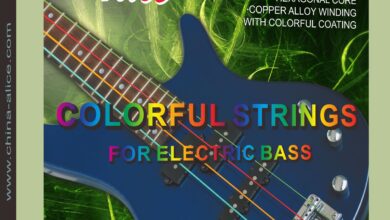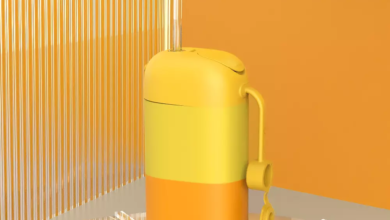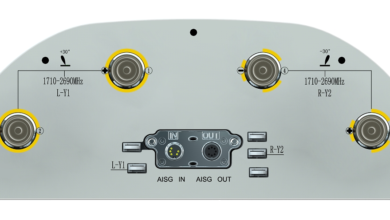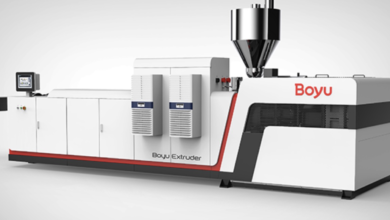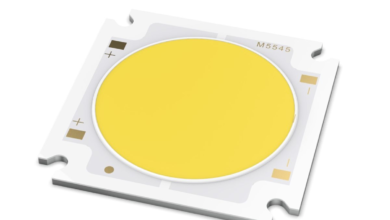Why is Media Facade Lighting Important in Dubai?

Media facade lighting has become an integral part of urban architecture and design, especially in cities like Dubai that are known for their futuristic skyline and innovative use of technology. Dubai, a city renowned for its luxury, modernity, and visionary architecture, has embraced media facade lighting to enhance its aesthetic appeal, boost tourism, and reinforce its status as a global metropolis. Here are some key reasons why media facade lighting is important in Dubai:
Architectural Enhancement and Identity
Dubai’s architecture is a blend of traditional Arabic styles and cutting-edge modern designs. Media facades, which are essentially large-scale LED displays integrated into building exteriors, play a significant role in highlighting these architectural features. Iconic structures like the Burj Khalifa and the Burj Al Arab are illuminated with dynamic lighting displays that emphasize their unique shapes and designs. This not only makes the buildings more visually striking but also helps establish a distinct architectural identity for the city.
Media facade lighting transforms buildings into living canvases that can change and adapt to various themes and events. This adaptability is crucial for a city like Dubai, which constantly evolves and redefines its skyline. By integrating media facades, architects and designers can create structures that are not only visually appealing but also interactive and responsive to the environment and cultural context.
Tourism and Economic Impact
Dubai is a major global tourist destination, attracting millions of visitors annually. Media facade lighting significantly enhances the city’s nighttime appeal, creating a vibrant and captivating atmosphere. Landmarks adorned with media facades become major attractions, drawing tourists who seek unique and memorable experiences. The captivating light shows and visual displays on buildings like the Burj Khalifa during events such as New Year’s Eve or national celebrations are broadcast worldwide, reinforcing Dubai’s image as a top-tier travel destination.
The economic impact of media facade lighting extends beyond tourism. The city’s ability to host large-scale events, exhibitions, and conferences is bolstered by its visually stunning infrastructure. Businesses and investors are attracted to the dynamic and modern environment that media facades help create. This, in turn, drives economic growth and positions Dubai as a hub for international business and trade.
Cultural Significance and Storytelling
Dubai is a melting pot of cultures, and media facades offer a unique platform to celebrate and showcase this diversity. Through creative and dynamic lighting displays, stories of the city’s heritage, traditions, and cultural values can be told in visually compelling ways. National holidays, religious festivals, and significant cultural events can be highlighted using media facades, fostering a sense of community and pride among residents.
Moreover, media facades can be used to convey important messages and raise awareness about social and environmental issues. For instance, Dubai has utilized these displays to promote sustainability initiatives, encourage civic engagement, and highlight charitable causes. This ability to communicate and connect with the public on a large scale is a powerful tool for fostering social cohesion and promoting positive change.
Technological Innovation and Smart City Integration
Dubai is at the forefront of technological innovation and smart city development. Media facades are a testament to this commitment, as they integrate advanced lighting technologies, digital media, and interactive elements into urban spaces. These facades are often equipped with sensors and control systems that allow for real-time adjustments and interactions based on environmental factors and user engagement.
The integration of media facades into the smart city framework enhances urban experiences and improves the quality of life for residents and visitors. For example, buildings can display real-time information such as weather updates, traffic conditions, and public service announcements. This seamless blend of technology and design contributes to the city’s efficiency, safety, and overall livability.
Branding and Corporate Identity
In a city like Dubai, where competition among businesses is fierce, media facade lighting offers a powerful tool for branding and corporate identity. Companies can use these facades to showcase their brand messages, advertise products and services, and create memorable visual experiences. This form of advertising is not only eye-catching but also highly effective in reaching a broad audience.
The dynamic nature of media facades allows for creative storytelling and engagement, enabling businesses to differentiate themselves in a crowded market. By leveraging this technology, companies can enhance their visibility, build brand loyalty, and connect with consumers in innovative ways. This contributes to the overall economic vitality of the city and reinforces Dubai’s reputation as a center for commerce and innovation.
Urban Aesthetics and Public Spaces
Media facades play a crucial role in enhancing the aesthetics of urban spaces in Dubai. They transform ordinary buildings into visually stunning landmarks that contribute to the overall beauty of the city. Public spaces, parks, and plazas can also benefit from media facade lighting, creating inviting and engaging environments for people to gather and interact.
The strategic use of lighting in public spaces enhances safety and accessibility, making the city more welcoming and inclusive. Well-lit areas reduce the risk of accidents and crime, promoting a sense of security and well-being among residents and visitors. Additionally, media facades can be programmed to support urban art initiatives, providing a platform for local artists to showcase their work and enrich the cultural landscape of the city.
Conclusion
Media facade lighting is a vital component of Dubai’s urban design and development strategy. It enhances the architectural appeal of the city, boosts tourism and economic growth, celebrates cultural diversity, promotes technological innovation, supports branding efforts, and improves urban aesthetics. As Dubai continues to evolve and embrace new technologies, media facades will undoubtedly play an increasingly important role in shaping the city’s identity and future. By leveraging the power of light and digital media, Dubai can continue to captivate the world and solidify its position as a leading global metropolis.

